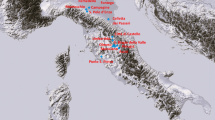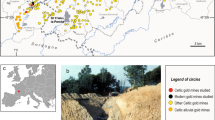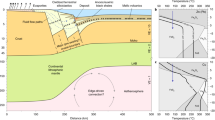Abstract
AT the eighteenth session of the International Geological Congress, held in London last summer, after being postponed from 1940, the proceedings of Section F were devoted to a consideration of the geology, paragenesis and reserves of the ores of lead and zinc. Up to the time of the Second World War, it had been assumed generally that resources of these base metals, while not inexhaustible, would be sufficient for many generations, even though the rate of annual world production had risen from 200,000 long tons lead metal and 120,000 long tons zinc metal in 1860 to 900,000 and 500,000 tons respectively at the turn of the century, and had reached nearly 2,000,000 tons of each metal in 1939. The searching examinations of their mineral resources carried out by the belligerent countries during the War, coupled with an emphasis upon production rather than exploration and development during hostilities, led to the realization of an immediate shortage of both metals when the War ended, and to the expression of grave doubts as to the future position. The subject chosen for Section F was, therefore, of immediate practical interest in 1948.
This is a preview of subscription content, access via your institution
Access options
Subscribe to this journal
Receive 51 print issues and online access
$199.00 per year
only $3.90 per issue
Buy this article
- Purchase on Springer Link
- Instant access to full article PDF
Prices may be subject to local taxes which are calculated during checkout
Similar content being viewed by others
Author information
Authors and Affiliations
Rights and permissions
About this article
Cite this article
DUNHAM, K. Geology and Reserves of Lead and Zinc Ores : A World Survey. Nature 163, 9–11 (1949). https://doi.org/10.1038/163009a0
Issue Date:
DOI: https://doi.org/10.1038/163009a0
Comments
By submitting a comment you agree to abide by our Terms and Community Guidelines. If you find something abusive or that does not comply with our terms or guidelines please flag it as inappropriate.



